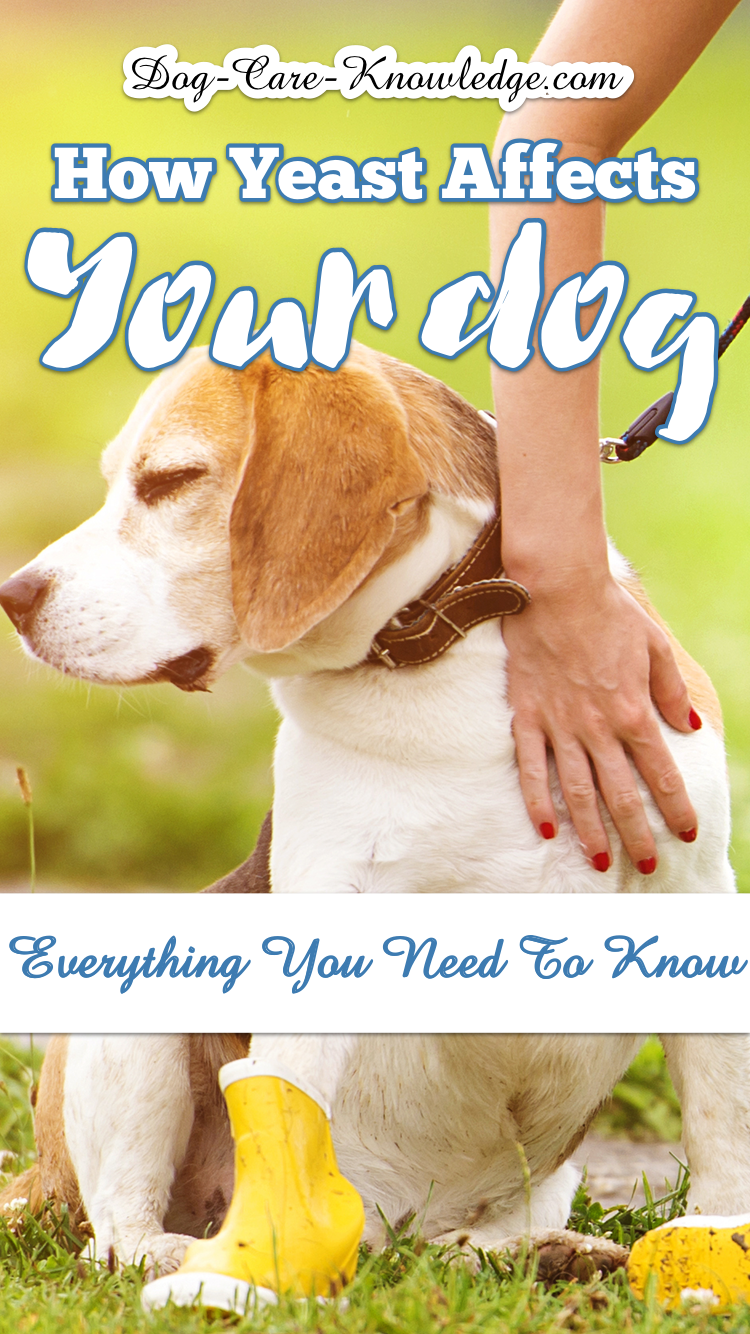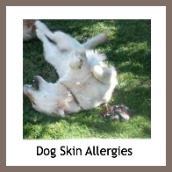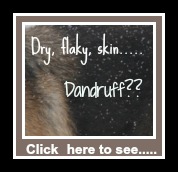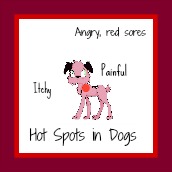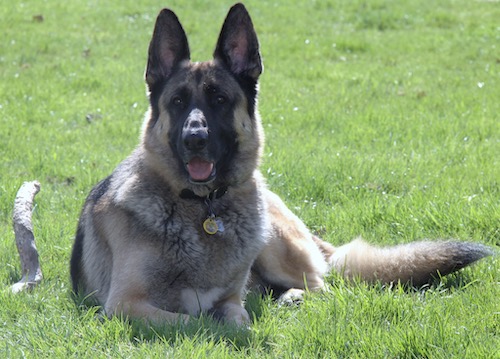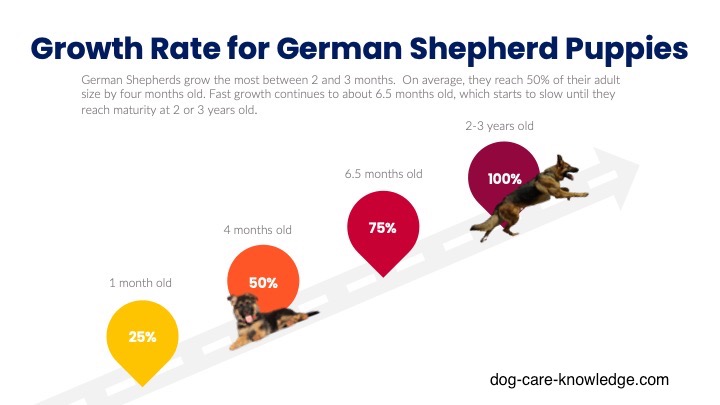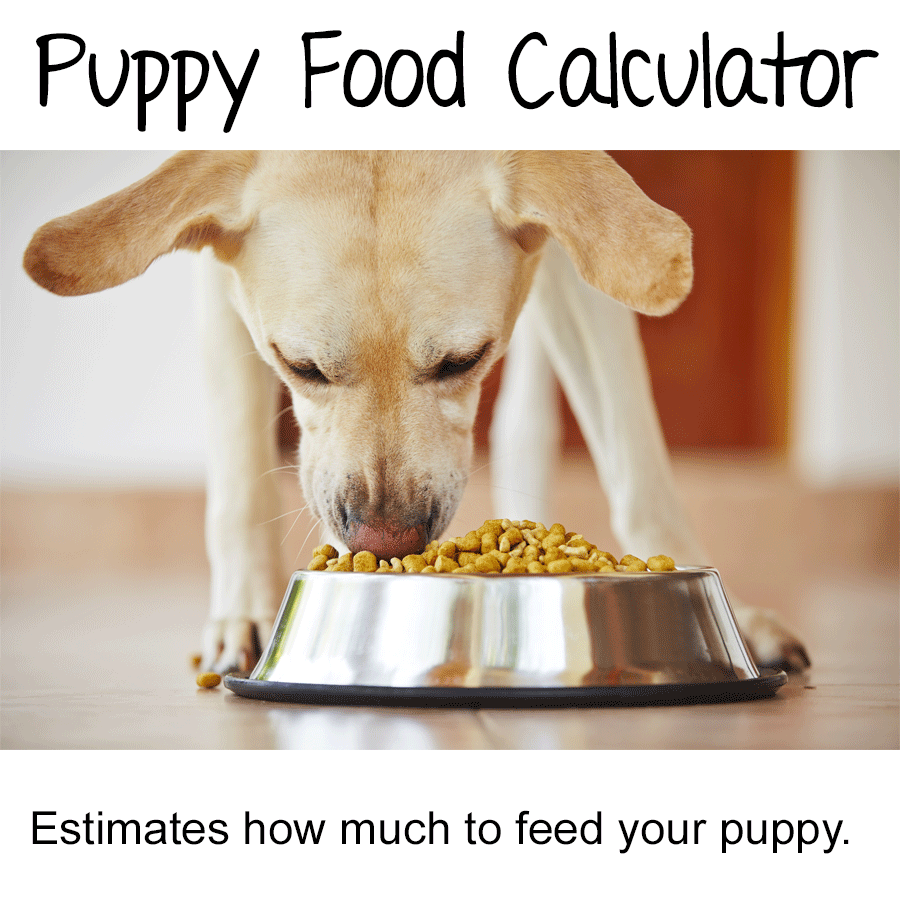- Home
- Skin Conditions
- Yeast Infection in Dogs
Yeast Infection in Dogs
A Yeast Infection in dogs causes lots of discomforts, with itching and scratching being the main symptom. Yeast is more prevalent in summer as it thrives in hot and humid weather and often gets mistaken for allergies. But yeast and allergies are not the same, although your dog could be allergic to yeast. But, more on that later.
So, What is a Yeast Infection in Dogs?
Malassezia pachydermatis is a yeast/fungus that likes to grow in moist areas of a dog. The most affected areas are the paws, ear canals, armpits, jowls, anal area, and any skin folds your pup may have.
Finding small amounts of yeast on dogs is normal; it only becomes problematic when yeast grows out of control. When this happens, it's known as Malassezia Dermatitis, yeast dermatitis, or a yeast infection.
Yeast may also be a problem for dogs if they become hypersensitive to Malassezia. In other words, they become allergic to the fungus on their body.
Dogs that are allergic to yeast will react to the smallest amount of yeast. So, for them, it doesn't need to be out of control.
My dog, Ava, is allergic to yeast. After many years of Ava's itchy ears, I discovered this through skin allergy testing. So, even a tiny amount of yeast will cause her to itch and scratch like crazy.
To reiterate, all dogs have yeast on their skin, but it doesn't usually bother them unless it grows out of control. OR if the dog is allergic to the fungus. In that case, it's known as a "hypersensitivity reaction to Malassezia."
You can find more studies on this here. But I wanted to share this with you as it took me four years to figure out what was causing Ava's suffering.
Clinical Signs and Symptoms of Yeast Infections in Dogs
You can usually tell if your dog has a yeast infection by watching for these signs and symptoms.
Yeast Infection on Dogs' Paws
Dogs sweat from their feet, so the paws contain a moist wet environment that yeast loves. You can usually tell if a dog has yeast on their paws by the pungent smell; it's a bit like Fritos.
They'll also be licking and chewing at their paws a lot. Their saliva discolors the fur making it a rust color brown discharge. You'll notice this on any areas that they lick, including the hair between their toes.
Yeast Infection in Dogs' Ears
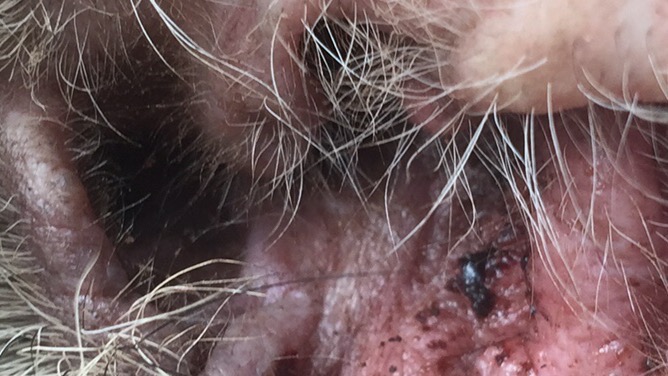 Yeast in a Dog's Ear
Yeast in a Dog's EarThe ears will also be an area where you can easily detect yeast.
Dogs with yeast in their ears will be itching and scratching at their ears.
They'll also be shaking their heads a lot. But the biggest clue is you should be able to see the yeast in the ears.
Other Symptoms Include:
- Lots of itching and scratching
- Licking, biting or chewing at paws
- Shaking head and scratching at ears
- Pungent smell
- Affected skin may become crusty, darkened, hardened, leathery, or elephant-like
- Regional or generalized hair loss
- Discolored fur (rust colored) at affected areas
- Brown discharge
- Possible inflammation of the toes, nail bed brown discharge may be present
Yeast Infection in Dogs Diagnosis
Proper diagnosis of this condition is essential to treat it and prevent future flare-ups.
Veterinarians diagnose yeast dermatitis through a series of steps, beginning with a physical examination. During the exam, the vet will look for signs of redness, scaling, crusting, and hair loss in areas like the ears and paw pads.
They may also take samples from affected areas for further microscopic analysis. If Malassezia pachydermatis is present in these samples, then it can be strongly implied that yeast dermatitis is present, and treatment can begin accordingly.
Possible Causes
An overgrowth of Malassezia is often associated with other underlying health issues. These dogs have a lowered immune system allowing the fungus to proliferate.
Overuse of antibiotics or steroids is also one of the leading causes of yeast overgrowth. Here's why. A dog's gut has billions of beneficial bacteria (the good guys) that keep the fungus in check.
Antibiotics do an excellent job of killing harmful bacteria, but unfortunately, the "good guys" get wiped out too. When this happens, it leaves the door open for the fungus to take up root and grow out of control.
Prolonged use of steroids causes a similar situation. Steroids suppress the immune system, leaving the door open for yeast.
What Foods Cause Yeast Infections in Dogs?
Food can also be a big contributing factor in feeding yeast. Knowing what foods might contribute to yeast infection can help pet owners take steps to reduce the risk of their dog developing one.
Certain types of food, such as those with high sugar or carbohydrate content, may increase the amount of yeast present in a dog's system.
Foods such as breads, pasta, cereal, and sweet treats can all lead to an increased risk for dogs developing yeast infections. Additionally, moist and wet foods are also known contributors to this type of infection in dogs due to their higher moisture content providing a good environment for bacteria growth.
Yeast infections in dogs can cause skin problems as well as issues with digestion if left untreated so it is important that pet owners understand which types of food may be contributing factors.
What to Feed When a Dog Has a Yeast Infection
The best diet for dogs that suffer from yeast overgrowth is either a raw diet or home-cooked meals based on meat and vegetables. Most commercial dog food, especially kibble, contain high amounts of carbohydrates and sugar, which feed yeast. And you don't want to feed yeast; the aim is to starve it.
Yeast thrives on sugar, so any diet high in sugar worsens a yeast problem. That includes carbohydrates because carbs break down into sugar once in the system.
Even most grain-free diets aren't free of carbohydrates. Check the label of your dog's grain-free food, and I'm sure you'll see either potato or sweet potato as one of the main ingredients. Both of which are high in carbs.
Make sure you're just as fussy about the treats you give your dog; many commercial treats are even higher in sugar and carbohydrates than food.
Suggested Diet for Adult Dog With Yeast Issues
Try feeding your dog 2% to 3% of their body weight in bones and meat. In a 50-pound dog, this would be about 1 to 1.5 pounds of bones and meat.
You can also add some vegetables, yogurt, cottage cheese, or egg.
Start with approximately this amount and adjust the quantity as needed.
Breakfast
1 avocado with a dash of unrefined sea salt
1 cup Lactaid-treated cottage cheese, live-culture yogurt or kerif
Dinner
1 to 1.5 lbs raw bones and meat
2 to 4 tablespoons finely chopped fresh collard greens or other fresh herbs suitable for dogs
(Puotinen, 2000)
The diet above is just a tiny sample. Further research into an appropriate raw diet is needed. You can find more information on feeding a raw diet here.
Which Dogs Fall Prey To Yeast?
Healthy dogs fed a nutritious diet don't usually succumb to yeast infections. However, any dog can be affected by yeast overpopulation. The vulnerable ones are those with existing health issues, are on antibiotics, or have been on steroids for a prolonged period.
Also, certain breeds are more likely to suffer from yeast infections than others. These include:
- American Cocker Spaniels
- Basset hounds
- Dachshunds
- English Setters
- German shepherds
- Shih Tzus
- Springer Spaniels
- West Highland
- White Terriers
Treatment for a Yeast Infection in Dogs
Managing yeast infections in dogs is tricky because once the fungus starts to overpopulate, it's challenging to get it under control. The most effective way is to treat the digestive tract and skin simultaneously AND ensure the immune system works optimally.
Oral Treatment - Treating the GI Tract
The gastrointestinal (GI) tract accounts for 70% of the immune system. As mentioned above, when the immune system is compromised, yeast grows out of control. Starting here helps your dog's immune system fight invaders like yeast.
The first thing to do is to ensure the digestive tract has all the essential nutrients to work efficiently. Adding a supplement containing beneficial omega-3 and omega-6 is a good start. Omega-3 and omega-6 are essential fatty acids (EFAs) vital to dogs and support a healthy immune system. Fish oils, salmon, in particular, have an abundant supply of EFAs.
Be careful when selecting salmon or salmon oil, as there is a vast difference between wild-caught salmon and farm-raised salmon. Be sure to choose wild-caught over farm-raised salmon, as studies have shown that farmed fish contains contaminants.
Probiotics
Another excellent supplement for the digestive tract is adding a good source of probiotics to your dog's diet. Probiotics are beneficial bacteria that help to fight bacteria and crowd out yeast.
Look for a brand that has been formulated for dogs and has at least ten different strains of live probiotics. At a minimum, ensure it contains L. Acidophilus.
Digestive Enzymes
Digestive enzymes assist in improving the absorption of nutrients necessary for a healthy immune system. They aid in balancing nutrients and enzymes in the gut.
Many commercial dog foods stress a dog's digestive system as they lack the necessary enzymes to break down the food. Adding a quality digestive enzyme to their food enables their gut to digest it. It also brings the nutrient intake closer to being fed a raw diet.
Topical Treatment - Treating the Skin
Most dogs suffering from yeast infections have itchy skin. Yeast is a fungus that loves a warm, moist environment, so the paws, ears, groin, and skin folds are perfect spots for the yeast to proliferate. And when it does, it itches. A lot.
When this happens, the best solution is to bathe your dog with an antifungal shampoo. Most antifungal shampoos will need to stay on your dog's skin for at least 10 minutes to remove the yeast. Once removed there should be less itching. However, it quickly returns so frequent bathing is necessary until the yeast is under control.
Many antifungal shampoos contain Chlorhexidine gluconate which is a synthetic ingredient that can strip your dog's skin and coat of its natural oils. It also upsets the natural microbiome of your dog's skin which leads to more allergies and itchy skin.
That's why I choose a shampoo that contains a natural antifungal agent such as tea tree oil.
There have been many studies on the effectiveness of tea tree oil, including its antifungal activities. Here you will find more details on the efficacy of tea tree oil which shows a 71% success rate in clinical trials proving that tea tree oil is a fast-acting and safe alternative to harsh chemicals.
Treating the Paws
A daily wash with an antifungal shampoo works well for a dog that constantly licks their paws. This can be done in between baths as you may find your dog is itching here more often than anywhere else. Most dogs' paws itch because they sweat from their paws. It also tends to be a moist area yeast love to thrive in.
An antifungal spray can be used several times a day to control yeasty areas, particularly the paws. Look for a spray that has natural ingredients to prevent further irritation.
Products containing tea tree oil are a good choice for shampoos and anti-itch sprays. Tea tree oil is an excellent antifungal and antiseptic, so it prevents the growth of bacteria and resists pathogenic microorganisms. The best thing about applying tea tree oil to areas that dogs lick is its bitter taste - dogs hate it.
Tea tree oil has therapeutic properties, the antifungal component makes it effective, and, given the taste, is likely to stay on longer to do its job.
Its antiseptic property makes it therapeutic, the antifungal component makes it effective, and, given the taste, is likely to stay on longer to do its job.
Never use tea tree oil neat as this may cause irritation to your dog's skin. Also, not to be used internally.
Dog Yeast Allergy
Some dogs have small amounts of yeast that give them significant problems. My dog, Ava, has this. She's allergic to yeast. I don't see the typical signs of yeast overgrowth in Ava, there is no pungent smell, but she itches like crazy.
After going through the rounds of immune-suppressing drugs, I took her to an allergy clinic to get tested. It was here that showed she was allergic to yeast; even a tiny amount would bother her.
I now give her weekly allergy shots, which help her develop resistance to yeast, reducing the symptoms. You can find out more about that on my page documenting her allergy shots.
For Ava or any dog with a yeast allergy, regular bathing with antifungal shampoos is paramount to keeping the yeast at a manageable level.
You can find more information on allergy testing in your area by finding a Veterinary Dermatologist here.
Treating Dogs With Ear Yeast
The ears are one of the most challenging areas to treat for yeast. Dogs' ears are prone to yeast, especially dogs with floppy ears. Once they have a yeast problem, it seems like it's never-ending. However, there are lots of treatments you can try.
I cover a selection of treatments on a different page here that include; a one-time treatment, over-the-counter ear drops, natural ear cleaner, and a home remedy for yeast infections of the ears. I also have a separate page just for ear infections.
To Summarize
A yeast infection in dogs is a fungus that grows in moist areas, particularly in warmer weather. Some dogs suffer from yeast overgrowth, usually associated with a lowered immune system, whereas others may just be allergic to yeast.
Treating yeast infection in dogs requires changing the diet, repairing the immune system, and treating the skin locally with antifungal products.
You can find more specific treatments for yeast infections in dogs here.
References/Source:
Åberg, L., Varjonen, K., & Åhman, S. (2017). Results of allergen-specific immunotherapy in atopic dogs with Malassezia hypersensitivity: A retrospective study of 16 cases. Veterinary Dermatology,28(6), 633-E157. doi:10.1111/vde.12475
Hnilica, K. A., Patterson, A. P., & Hnilica, K. A. (2017). Small Animal Dermatology. St. Louis, MO: Elsevier.
Polvi, E.J., Li, X., O’Meara, T.R. et al. Cell. Mol. Life Sci. (2015) 72: 2261. Opportunistic Yeast Pathogens.https://doi.org/10.1007/s00018-015-1860-z
Morris, D. O., Olivier, N. B., & Rosser, E. J. (01 jul 1998). Type-1 hypersensitivity reactions to Malassezia pachydermatis extracts in atopic dogs. American Journal of Veterinary Research,59(7), 836-841. Retrieved February 9, 2019, from https://europepmc.org/abstract/med/9659547.
Ahmed, A., M, & Vishnupriya, G. R. (2016). Anti-fungal Activity of Neem Oil. Int. J Pharm. Sci Rev. REws.,39(1), 200-202. Retrieved February 26, 2019, from http://globalresearchonline.net/journalcontents/v39-1/38.pdf
Puotinen, C. J. (2000). Feeding the Adult Dog. In The encyclopedia of natural pet care (pp. 83–84). essay, Keats Pub.
